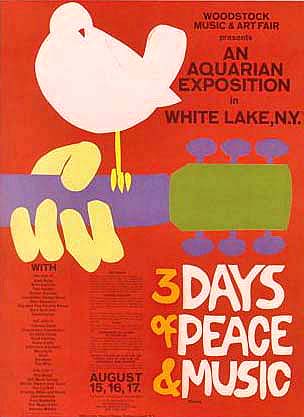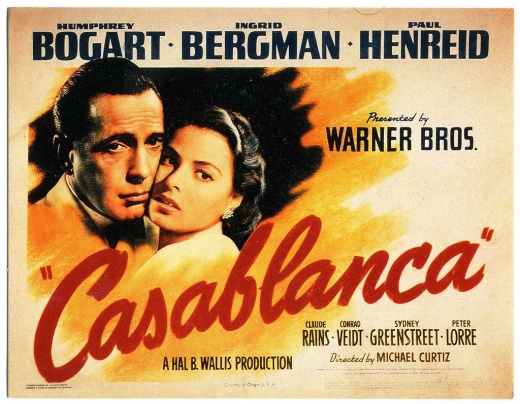The following are a few finer details about Curtiz’s Casablanca.
GENRE
Casablanca is one of the rare films in which a number of genre’s can be assigned. As the film is back dropped against world war two and it’s key characters each have prominent ties to the world war it is classed as a War Film. The main characters central conflict is their love which has soured consequently one of the major motifs of the film is whether or not the main couple will rekindle their romance subsequently making it Romantic Drama. There are those that will argue that the musical numbers and the reoccurring use of musical scenes at pivotal moments of expression make it a Musical drama. In truth Casablanca is a combination of all three.
ASSOCIATED WORKS
Because of it’s War film genre Casablanca is often associated to a number of War based thrillers, such the Alfred Hitchcock’s 39 steps, Carol Reed’s Night train to Munich and Jean Negulesco’s The Conspirators.
Arthur Edeson the cinematographer of Casablanca also served as the cinematographer on Jean Negulesco’s The Conspirators and on John Huston’s The Maltese Falcon, subsequently similarities can be seen with regards to aesthetic choices in all three films.





